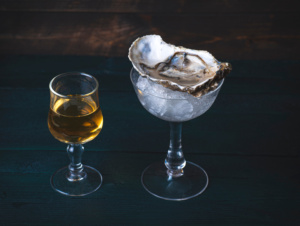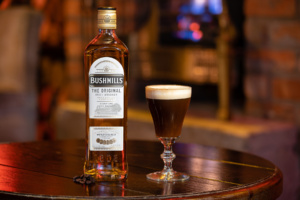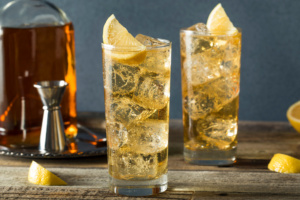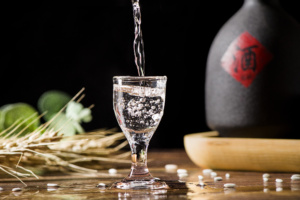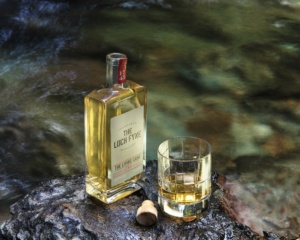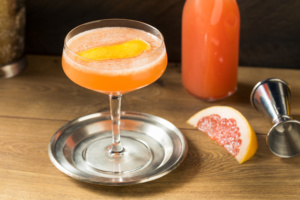The Whisky Glass
The whisky glass comes in many guises - from the traditional tumbler to the shapely Glencairn glass.
But does the shape and style of your whisky glass really have an effect on the your drinking experience? Can it truly enhance, or mar, the the subtleties of the amber nectar?
Before we delve in to the science, let’s first remember that whisky drinking is about the experience in its entirety. Trying a new expression for the first time is exciting. The apprehension, the suspense. Will it be what was expected? Should we be tasting sweet, peat, spice, vanilla, leather or rubber? The sniff, the sip, the dissecting and the enjoyment. Sitting down to enjoy your chosen tipple is something akin to spiritual enlightenment…
You wouldn’t drink communion from a plastic cup, so why drink whisky from anything other than a chalice?
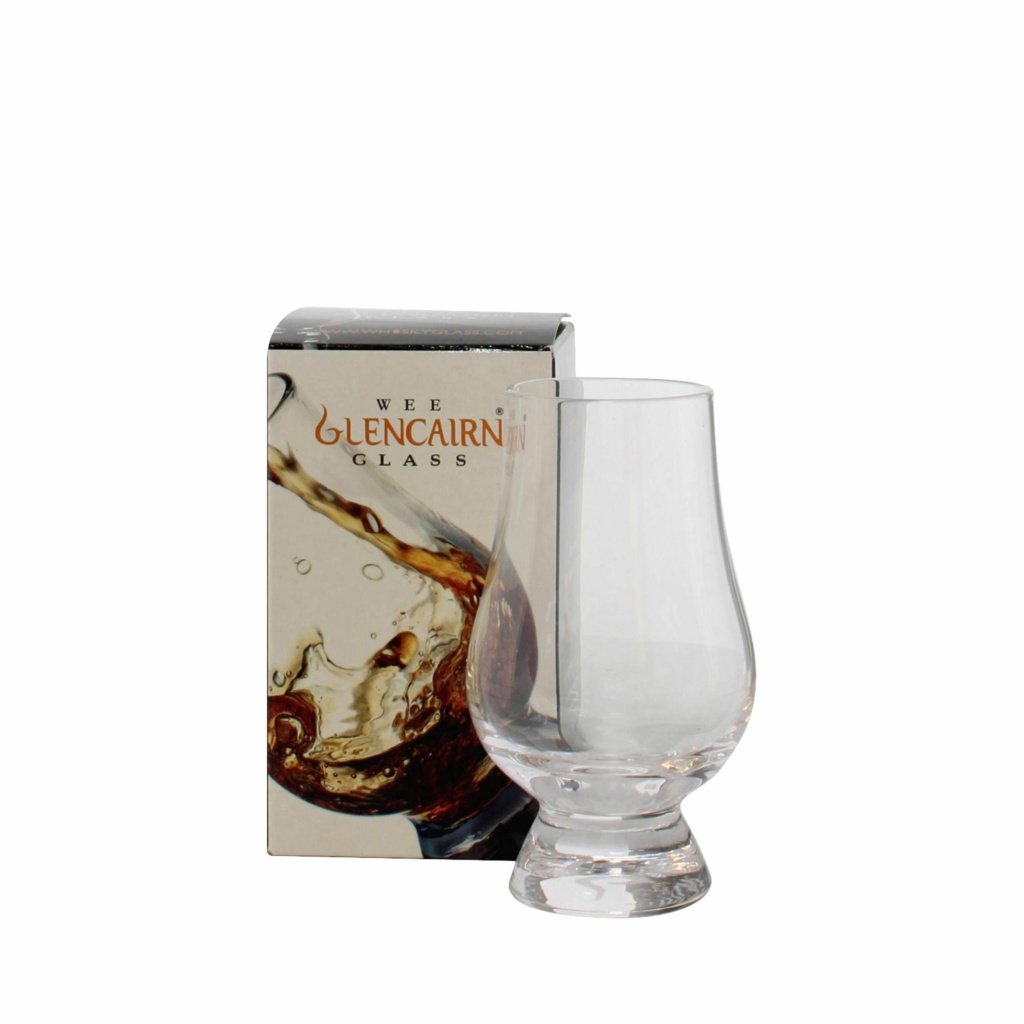
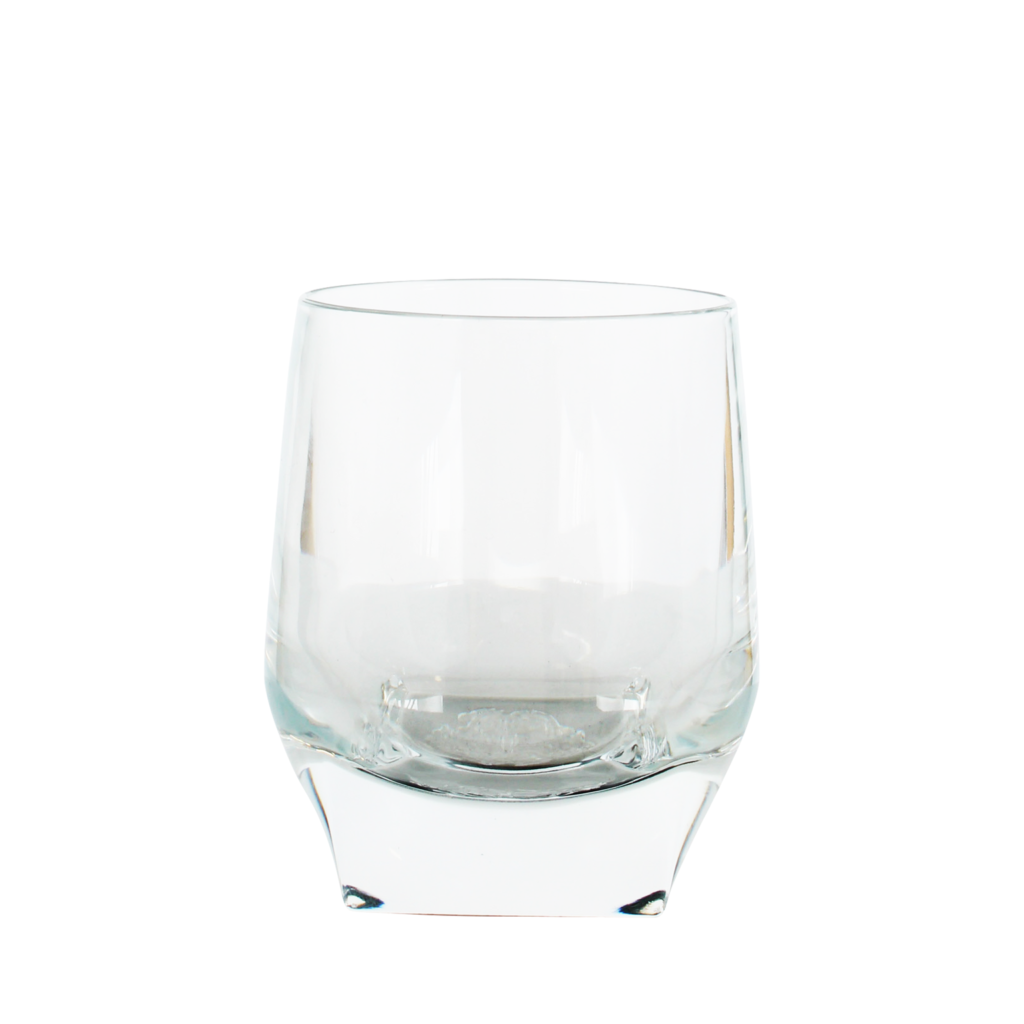
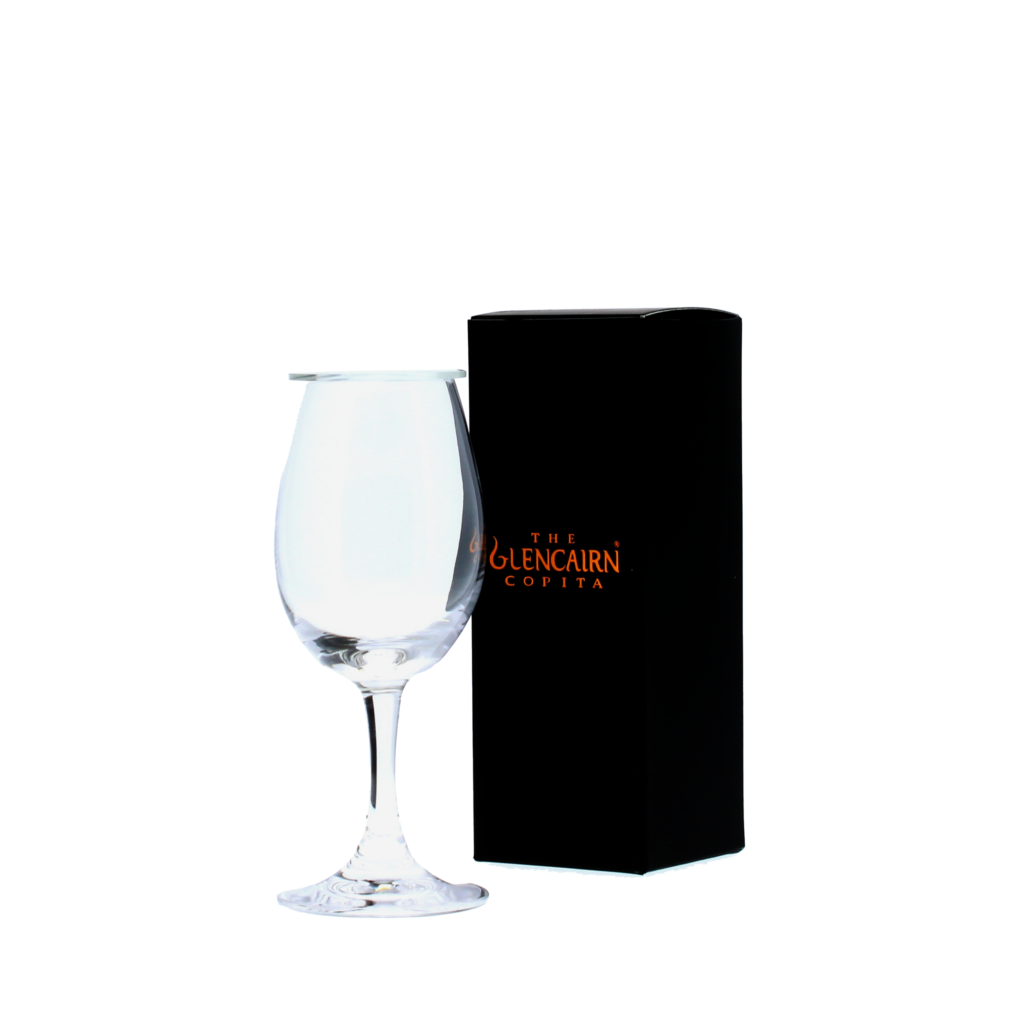
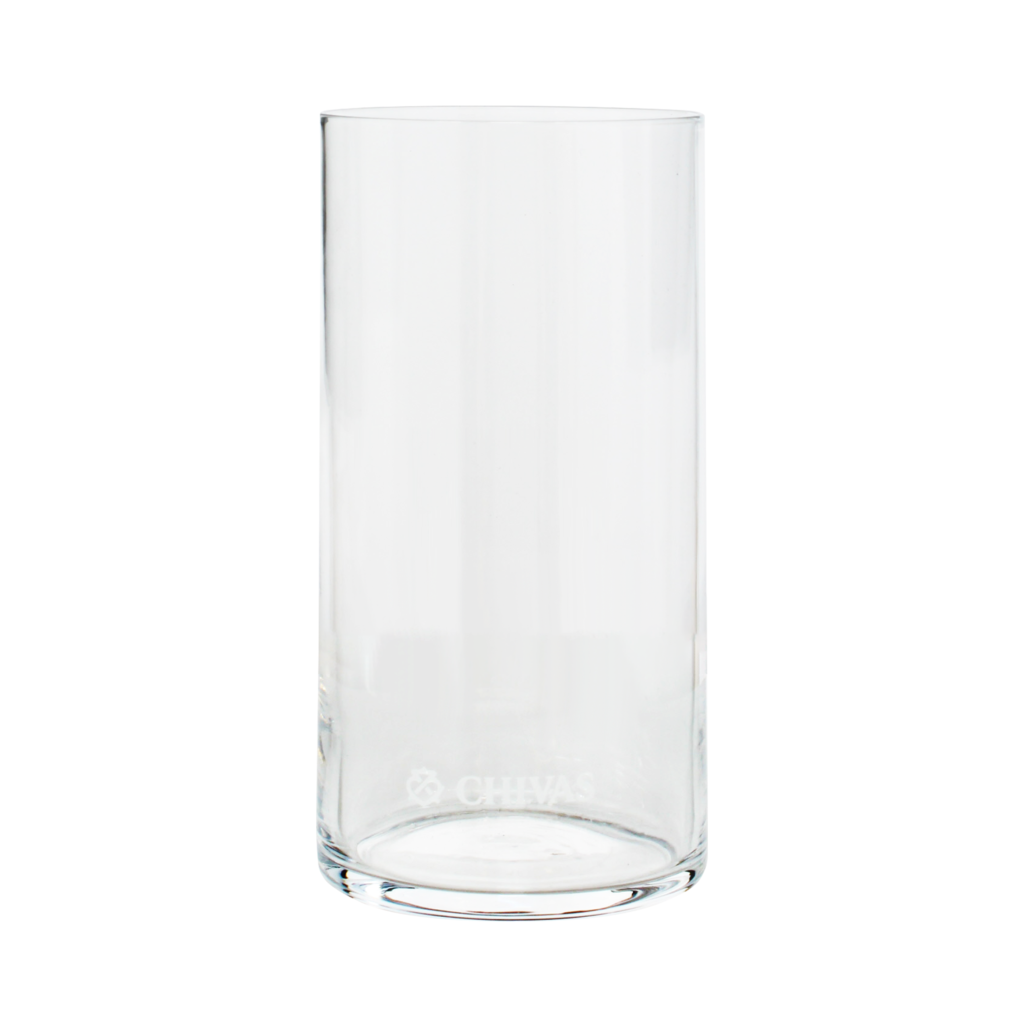 There are a variety of different glasses that you can use to drink whisky from, however, we would highly recommend using a Glencairn glass if you are looking to fully appreciate the complex flavours that are found in a whisky. The glass really does make the difference… unless of course you don’t care what it tastes like. And in that case, there’s always the bottle!
There are a variety of different glasses that you can use to drink whisky from, however, we would highly recommend using a Glencairn glass if you are looking to fully appreciate the complex flavours that are found in a whisky. The glass really does make the difference… unless of course you don’t care what it tastes like. And in that case, there’s always the bottle!
The Glencairn Glass
A beauty of a dram sitting peacefully in the caressing curves of a Glencairn glass is a joy to behold. The feel of the thin, crisp crystal between pinched fingers, the weight of the glass as you lift it to your lips – it’s all part of the magic. Regardless of the science, considering a proper whisky glass costs less than £6, and your elixir has sat patiently awaiting this moment in a barrel for years, the least you can do it show the respect it demands. But let’s talk facts. Until the early 200s, whisky never had an "official" glass the way many other drinks did. This changed when a man called Raymond Davidson decided that he would be the person to find the solution to this. Inspired by sherry glasses, he wanted to create a glass that would help the user fully appreciate the complex aromas and flavours that are found in every whisky. On top of this, he wanted this glass to be aesthetically pleasing as well as functional. With the expert assistance of the Master Blenders of the Scotch Whisky industry, the Glencairn glass was born. A Glencairn glass, in all its style and beauty, holds just the right amount of liquid in its main body to allow the whisky’s many subtle (and perhaps not-so-subtle) aromas to condense in its narrower neck, and then expose themselves to the helm of the glass. which allows the drinker to fully appreciate them. The wide base of the glass is the perfect shape and size for drinkers to completely admire the colour of a whisky. The size makes it perfect for swirling whisky, too, without the risk of a spillage. It is light and comfortable enough to hold between your fingers for prolonged periods of time. The tapered neck is an aperture small enough to capture a majority of the whisky’s ‘volatiles’ (those gloriously aromatic gases it emits), spacious enough to allow you a good sip, and also just big enough to fit one’s nozzle in about it. An expert piece of design, if ever there was one. Today, the Glencairn glass is hugely popular at whisky festivals, competitions, and bars across the world. Every year, three million Glencairn glasses are sold - their popularity doesn't seem to be slowing down any time soon. Additionally, if you want to add water to your whisky, you can do so using the Glencairn Pipette. This is another excellent part of the Glencairn range as it allows you to control precisely how much water you add to your whisky.
The Tumbler
Now, I’m sure some of you will be reading this and calling foul. So, let’s study the stylings of the tumbler. If you’ve seen any American movie or TV show, you’ll have noticed the brooding and stoic male protagonist is always served his Scotch in a tumbler. But the problem here lies in both the shape and the thickness of its base. Where some prefer to drink their whisky with a touch of ice, the connoisseurs among us prefer to heat their whisky, gently releasing subtleties unbeknown to the average drinker. The tumbler, however, has a thick base which makes it more difficult to heat things up using the palm of your hand. The width of these glasses also means that the aromas cannot accumulate, the open space allowing for both scent and flavour to dissipate more easily – usually before you’ve had chance to appreciate them in appropriately leisurely style. In our opinion, tumblers are put to much better use when you are making a whisky cocktail. With plenty of space to fill it up with alcohol, tumblers are the perfect glasses for an old fashioned. Alternatively, if you like to drink your whisky "on the rocks", the tumbler might be the ideal glass for you.
The Copita Glass
The copita glass is the inspiration for the Glencairn glass, therefore it is unsurprising that the copita remains a popular whisky glass. As well as being ideal for nosing due to the wide bowl and tapered rim, it is also easy to cradle and heat the glass in the palm of your hand. The copita glass is a solid choice for drinking whisky, however, why would you when you have the option of a Glencairn glass? Despite the two being similar, the Glencairn glass has been specifically designed for drinkers to get the most out of their tasting experience.
The Highball
The highball glass kind of looks like an elongated version of a tumbler. Again, we would not recommend using a highball glass as a glass to really taste and appreciate a neat whisky. It isn't an ideal shape for nosing, nor is it the right size or style to cradle in your hand to warm a whisky. However, it is a great glass to use for tall cocktails or other mixed whisky drinks. Its size allows you to fill it up with lots of ice, alcohol, and any kind of mixer. There are a variety of different glasses that you can use to drink whisky from, however, we would highly recommend using a Glencairn glass if you are looking to fully appreciate the complex flavours that are found in a whisky. The glass really does make the difference… unless of course you don’t care what it tastes like. And in that case, there’s always the bottle!
There are a variety of different glasses that you can use to drink whisky from, however, we would highly recommend using a Glencairn glass if you are looking to fully appreciate the complex flavours that are found in a whisky. The glass really does make the difference… unless of course you don’t care what it tastes like. And in that case, there’s always the bottle!
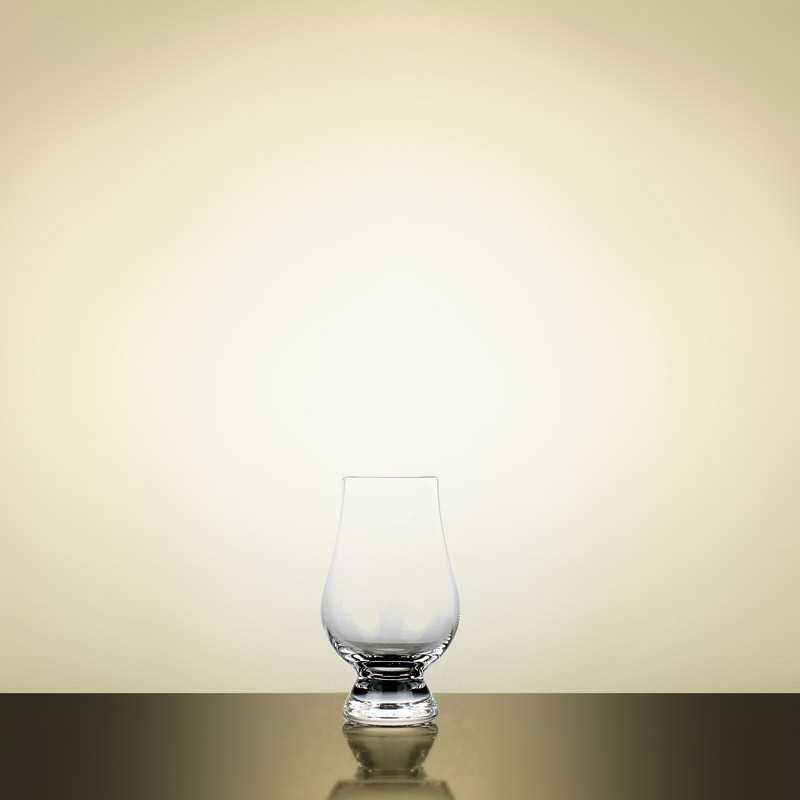 Glencairn Glass £5.99 Glencairn Glass £5.99 |
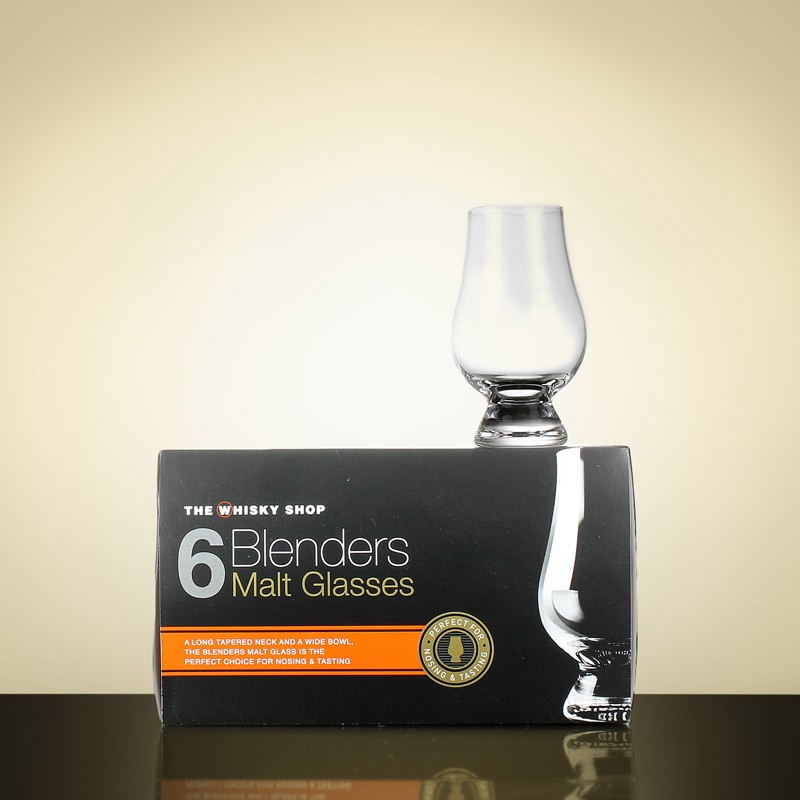 Glencairn 4 Pack £30 Glencairn 4 Pack £30 |
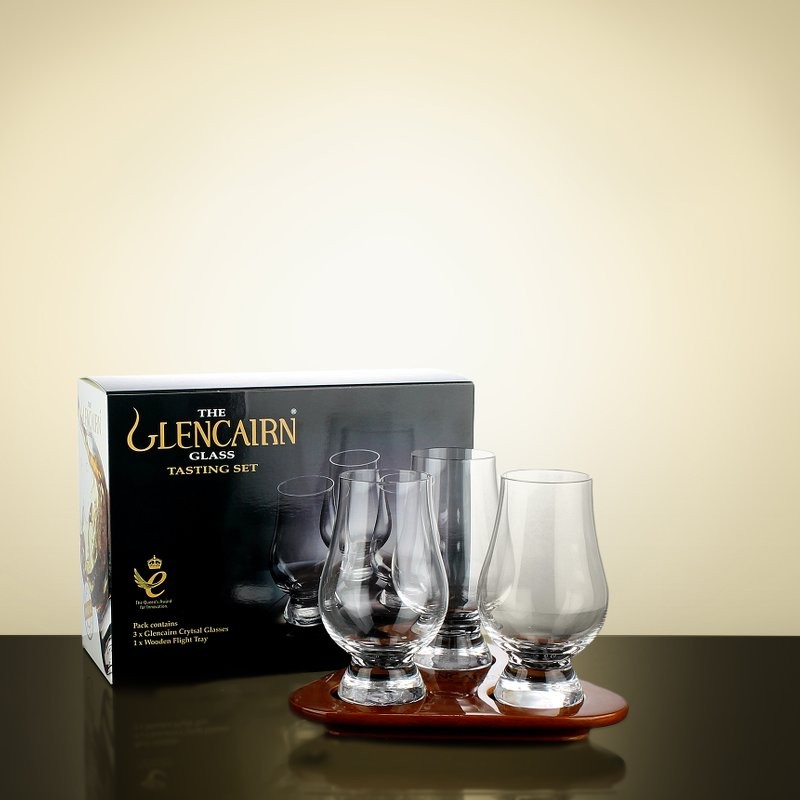 Glencairn Glasses Flight Tray £22.99 Glencairn Glasses Flight Tray £22.99 |
 4.7/5 with 10,000+ reviews
4.7/5 with 10,000+ reviews
